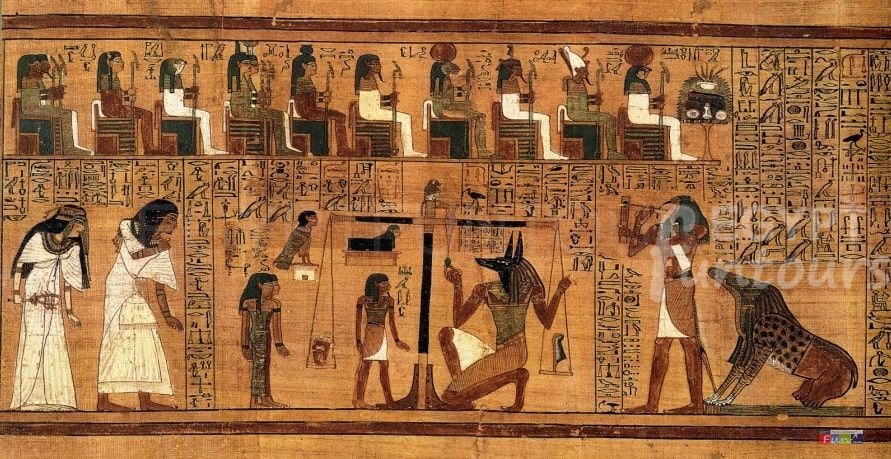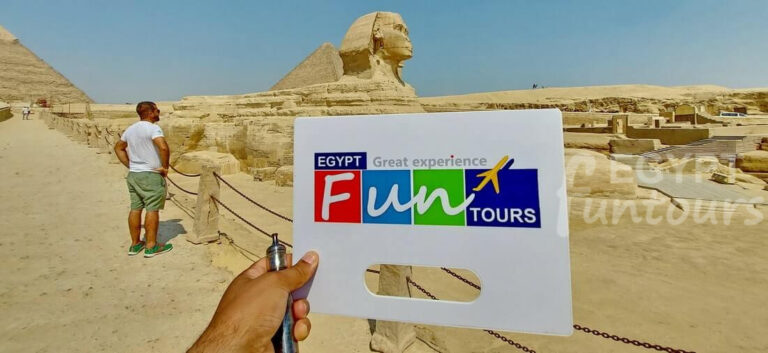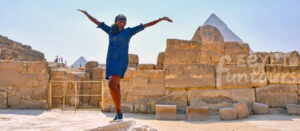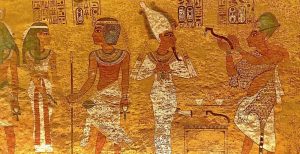Dogs in Ancient Egypt
Dogs held a significant place in ancient Egyptian society. They served various roles, from practical uses in hunting and guarding to having deep symbolic and religious meanings. This report provides a comprehensive understanding of the importance of dogs in ancient Egypt.
Domestication and Its Roles
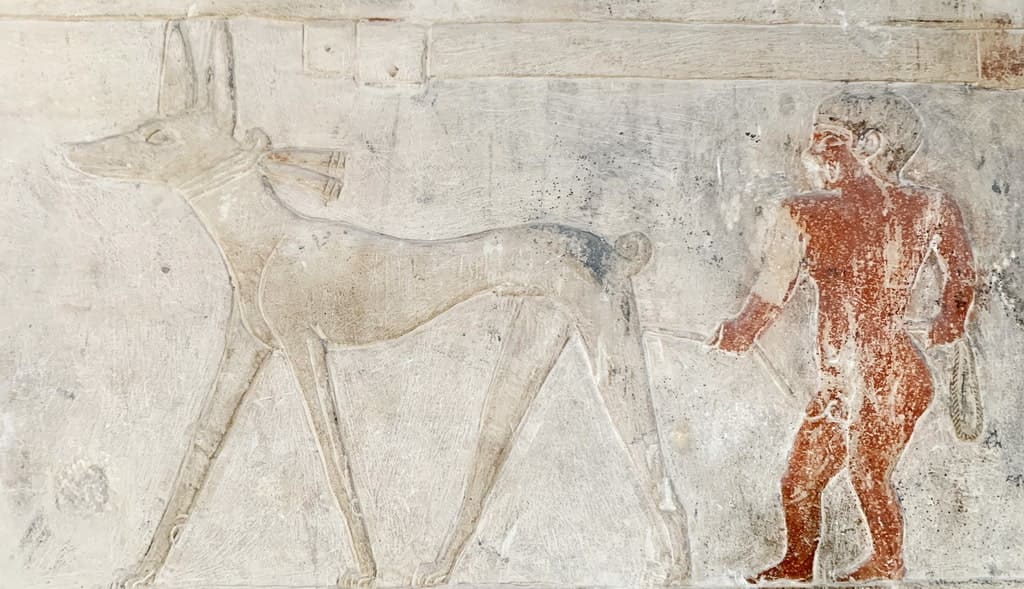
Ancient Egyptians likely domesticated dogs during the Pre-Dynastic era. Dogs served as both hunters and companions. They played diverse roles, including being hunting companions, guard dogs, military assets, and household pets.
Ancient Egyptian art often depicted dogs like the Basenji, Greyhound, and Saluki. These depictions frequently showed them assisting in herding cattle and wearing distinctive collars. A tomb painting from around 3500 BCE even shows a man walking his dog on a leash, demonstrating the long-standing relationship between humans and dogs.
Various dog breeds were present in ancient Egypt, each with unique characteristics. These included the Basenji, Greyhound, Ibizan, Pharaoh, Saluki, Whippet, and Molossian. The Egyptians meticulously documented and highly prized these breeds for their purity and lineage.
Symbolic and Religious Significance
Association with Anubis and Afterlife Beliefs
The ancient Egyptians associated dogs with Anubis, one of the principal gods of the dead. Anubis often had the attributes of a dog. At his cult center in Cynopolis, people bred dogs for sacrifice. Anubis played a crucial role in ancient Egyptian religion. He oversaw the embalming process and guided souls to the afterlife.
Mummified dogs were buried with their owners or in their coffins. This shows that the Egyptians believed the human-dog bond extended into the afterlife. They believed dogs would be reunited with their owners after death, reflecting the enduring affection between them.
Cultural Depictions and Folklore
Dogs were highly regarded and frequently appeared in afterlife vignettes. This reflects their importance in both daily life and religious beliefs. Literary texts and tomb scenes often show dogs alongside their masters. This highlights the deep affection and companionship between humans and dogs in ancient Egypt.
Practical Uses and Legal Status
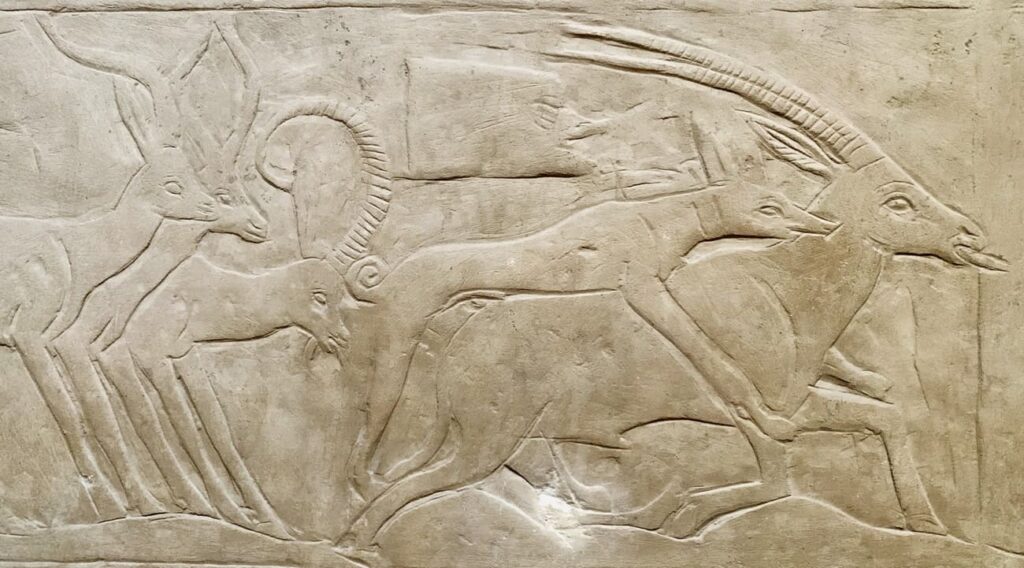
Hunting and Guarding Dogs
Dogs in ancient Egypt continued to accompany both royal and non-royal Egyptians on hunting expeditions. They also served as watchdogs, helping shepherds and providing companionship.
The Egyptians considered the unauthorized killing of a dog a capital crime. The passing of a family dog provoked grief similar to that of a human; family members mourned the deceased canine.
Collars and Leashes
Dog collars evolved from simple rope to intricate works of art. In the New Kingdom, some collars were made of gold and silver and were even inscribed with the dog’s name. Leashes, typically made of leather or papyrus rope, further demonstrate the care and attention the Egyptians gave to their dogs.
Archaeological Evidence
Archaeological evidence and ancient texts provide substantial proof of the close relationship between humans and canines. Egyptian artisans used canine motifs on a variety of objects, including figurines, cosmetic items, and board games. They gave some beloved pets special burials, with inscriptions describing how the king honored them. People know over seventy different personal names for dogs. These names often referenced the dogs’ appearance or described their activities.
In ancient Egypt, dogs were more than just pets; they were essential to daily life, culture, and religion. From their roles in hunting and guarding to their deep symbolic connections with the afterlife and gods like Anubis, Egyptians cherished dogs as companions and revered them as creatures. The archaeological evidence, artistic depictions, and textual references all highlight the profound bond between ancient Egyptians and their canine companions, a relationship that still resonates today.

